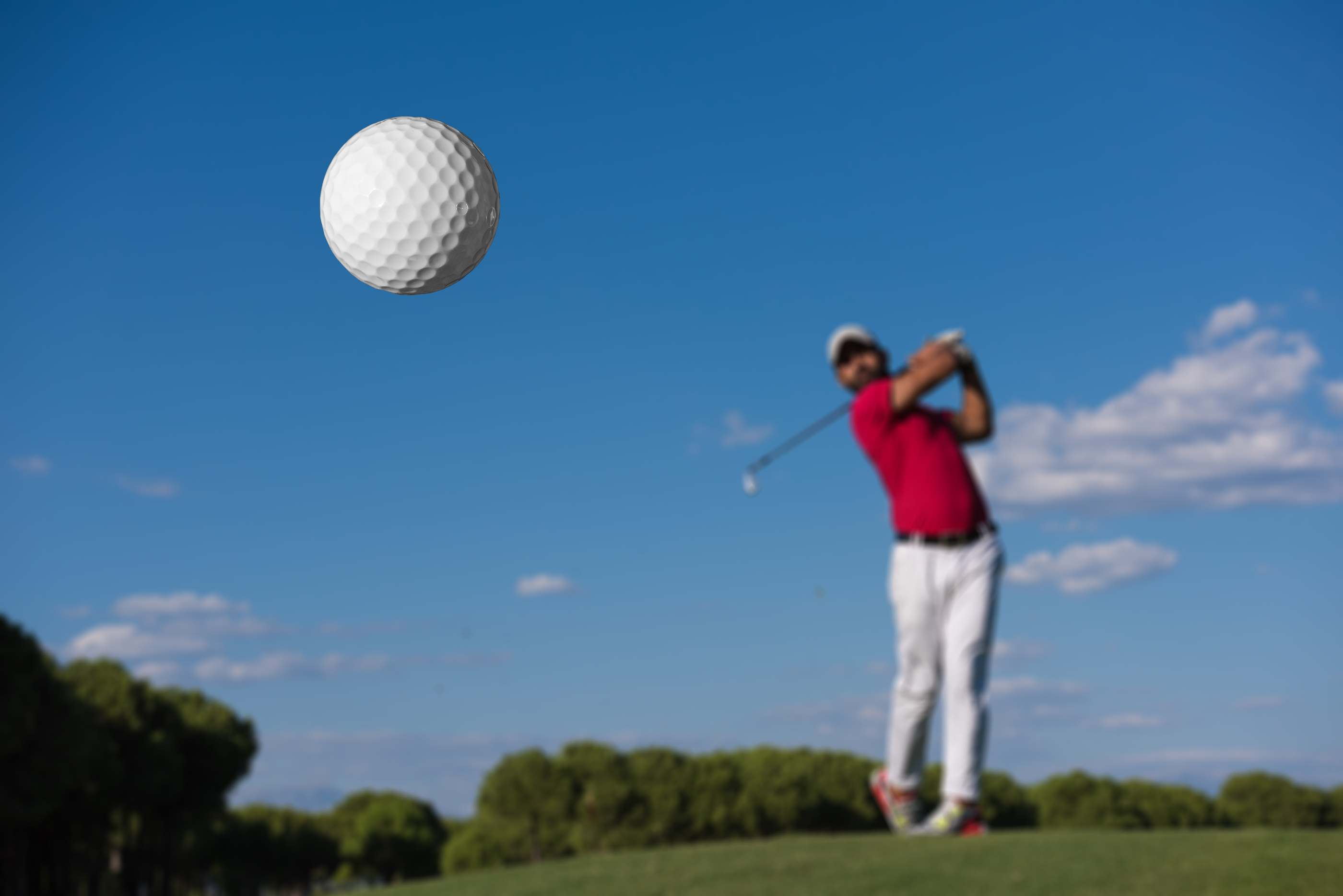 It is one thing to hit the golf ball hard and far, but a very different matter to teach anyone else how to do it. In fact, very few golfers really understand where clubhead speed is generated within the swing and rarely implement the principles in the proper sequence to increase speed and power.
It is one thing to hit the golf ball hard and far, but a very different matter to teach anyone else how to do it. In fact, very few golfers really understand where clubhead speed is generated within the swing and rarely implement the principles in the proper sequence to increase speed and power.
I’ve been very fortunate as a coach in baseball, tennis, and golf for over 30 years. To have access to 3-D technology since 2004 to measure data has been vital to my education and allowed me to help my clients. I will try to avoid language or terms that may be difficult to process and understand.
Physical traits do play a very important role to speed and power. Those who possess better strength, mobility, and stability obviously have a leg up. However, anyone can improve the actionable patterns and optimize movements that increase more velocity. Secondly, hitting the ball solidly and in the middle of the clubface is imperative.. Mis-hits can reduce distances by as much as 20% and exposes most amateur’s greatest power leak.
Where does speed come from? The very first principle to understand is how the wrists move up & down, side to side, and rotate properly to provide energy and forces. Hammer a nail, throw a ball, cast a fishing line, crack the whip, snap a towel – all of these use the wrists. Physics tell us that leverage is the best way for a golfer to affect the velocity of the clubhead. This means your grip is critical to the proper movement of your wrist. Grip pressure and tension increase from an improper grip; not good qualities for increasing speed.
The second principle is lever number two. Using the hammer and nail analogy, imagine hitting the nail harder. The trail elbow will fold up and bend more. Now you’d want to be careful here, if you’re new at learning golf, you might want to look up for the best brace for golfers elbow (which is similar to tennis elbow, just affects the inside of the elbow instead of the outside). They can prevent you from developing a kink in your elbow with the wrong swing, and in turn, save you from a long-term injury. It is important here to note that you hold the club with your hands which are connected to your arms – all small muscles. Many have been told that the greatest speed sources come from your big muscles. Wrong! Long drivers that hit it 400 plus yards, can hit it 300+ yards off their knees. Think about that for a second.
Now let’s move to the power and principal number three, upper body rotation and coil. The upper part of your spine or axis allows the shoulders and back to move the levers into a bigger arc, and in turn will generate increased power. Principal number four is lower body rotation – the pivot of the hips. This also will increase the length of the arc to further enhance velocity. All energy and forces have angular motion, centrifugal forces/physics, and motion laws. This sequencing pattern can be learned backward and forward with proper training to the ground reaction forces.
This leads us to principle number five, footwork. You may have heard the expression “You can’t shoot a cannon out of a canoe”. Forces from all of the above have correlation to the connection to the ground. A very simple analogy could be used from skipping a rock on a lake. The pressure from the trail foot to the front foot is apparent to support the rotary patterns/torques of the body that creates a flinging action of the wrists/arms to the club. Mass, velocity, energy, and leverage are all at work in the proper sequencing of these principles.
Lastly, avoid the premise of slowing anything down! Free up and move, avoid tension and misconceptions of position thinking. Speed and power are not slow or static. Your brain has instincts and intuition. Grip it & Rip it…John Daly.
By Buck Mayers
Buck Mayers is the Director of Instruction at Escondido Golf and Lake Club in Horseshoe Bay, Texas www.buckmayersgolf.com.